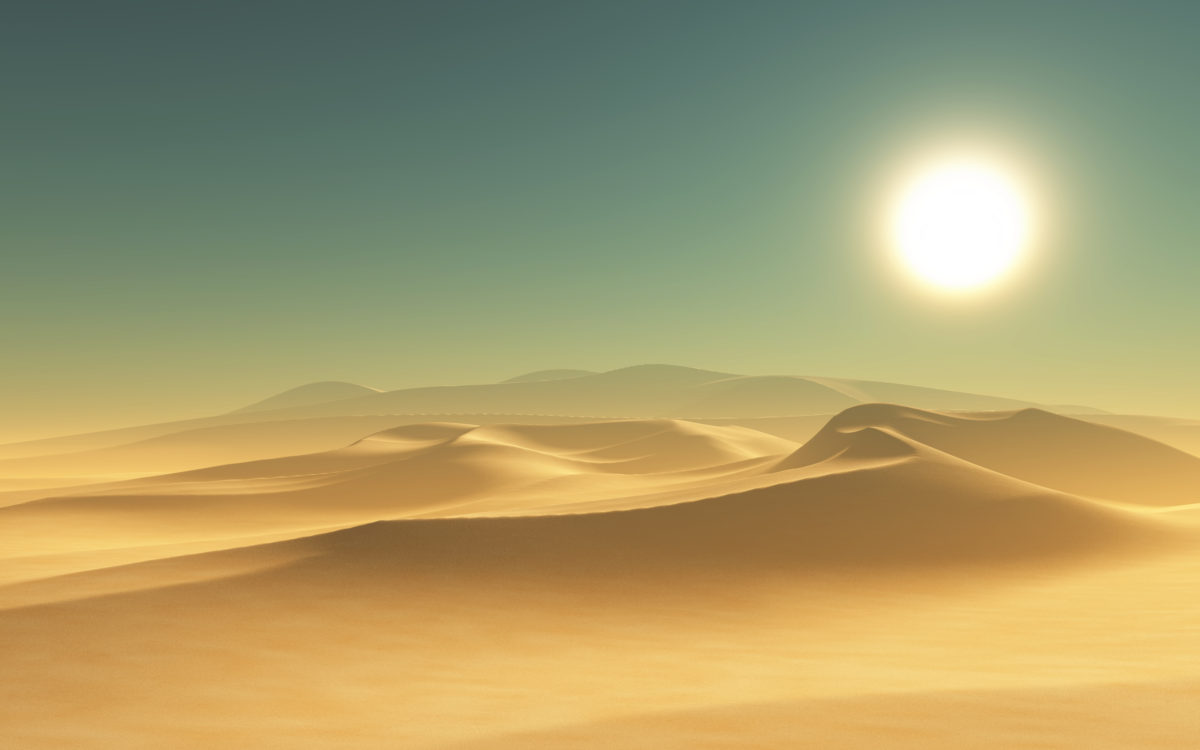A desert is not something remembered. It is in-fact avoided. But they hold great amounts of minerals and oils. Deserts have been a big part of history and even war.
- Antarctica (5.4 million sq. mi.) Because it is covered with (solid) water, it is somewhat surprising that Antarctica is considered a desert, but it is classified as such due to its lack of precipitation.
- Sahara (Northern Africa; 3.5 million sq. mi.) The Sahara is the world’s second largest desert, but its the hottest. The Atlas Mountains (which bound the western Sahara on the north) and the Sahel, a savannah-like strip, borders it on the south. It is dominated by rocky regions (hamada), sand seas (ergs), and salt flats (shatt) and dry river valleys (wadi) that are subject to flash floods. Its most asked-about inhabitants are the Berbers and Tuaregs.
- Atacama (Chile; 70,000 sq. mi.) The Atacama’s chief claim to fame is the rain shadow of the Andes which makes it the driest (hot) desert in the world. Its area was the primary bone of contention in the War of the Pacific (1879-1883, Chile defeats Peru and Bolivia) that sought to control its nitrate resources (which were necessary for the production of explosives).
- Kalahari (Botswana, Namibia, South Africa; 360,000 sq. mi.) The Kalahari is a large region, not all of which is arid enough to qualify as a desert. It is known for its red sand, large game reserves (meerkats, gemsbok, springbok, steenbok), and mineral deposits (notably uranium). Most famous are its San Bushmen and their click language.
- Mojave (U.S.; 25,000 sq. mi.) The Mojave is bounded by the San Gabriel and San Bernardino mountain ranges along the San Andreas and Garlock Faults. It lies between the Great Basin and the Sonoran plains and it contains the lowest and driest point of North America, Death Valley. It is most strongly associated with the Joshua tree (Yucca brevifolia).
- Gobi (China and Mongolia; 500,000 sq. mi.) The Gobi, Asia’s second largest desert (after the Arabian Desert), is bounded on the north by the Altai Mountains. It is known for its role in the Silk Road trading route and the Nemegt Basin, where fossilized dinosaur eggs and human artifacts have been found.
- Rub’ al-Khali (Arabian Peninsula; 250,000 sq. mi.) Its name means “Empty Quarter” in English and is considered the most inhospitable place on earth. It is known for the world’s largest oil field, the Ghawar, and for once being part of the frankincense trade.
- Namib (Namibia and Angola; 30,000 sq. mi.) The Namib, a coastal desert, is known for its bizarre Welwitschia and medicinal Hoodia plants. It is thought to be the oldest desert in the world.
- Painted Desert (Northern Arizona) shared by Grand Canyon and Petrified Forest National Parks, is known for its colorful, banded rock formations.
- Negev Desert (Israel; 4,700 sq. mi.) The triangular Negev covers the southern half of Israel.
- Taklamakan Desert (China; 105,000 sq. mi.) The Taklamakan is an extremely cold, sandy desert known for splitting the Silk Road into branches running north and south of it. It is bounded by the Kunlun, Pamir, and Tian Shan mountain ranges.
- Great Sandy Desert (Western Australia; 140,000 sq. mi.) Part of the Western Desert, and the ninth largest in the world.
Can you identify what may be missing from the list above?

